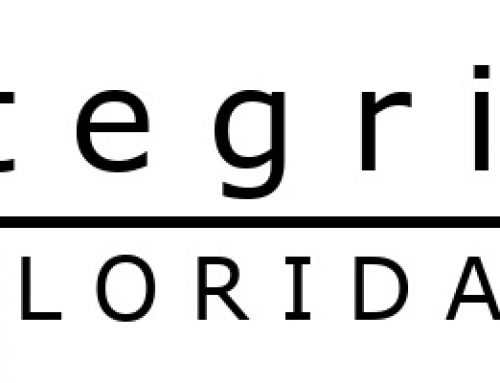Download the full PDF report here
July 2015
Executive Summary
The federal minimum wage of $7.25 per hour sets the floor at which most American workers are paid. States and local governments may set higher rates.
As of January 1, 2015, 29 states and the District of Columbia have enacted minimum wage rates higher than the federal requirement. The remaining states either have no minimum wage laws, set their own state minimums at the federal level, or require minimum wages lower than the federal rate; in those states the federal rate applies.
This study is focused on examining the question of whether increases in the minimum wage result in the loss of jobs. It contains three major components: (1) a review of existing studies on the issue; (2) comparing job growth in states that have raised the minimum wage since January 1, 2014, with states that have not; and (3) comparing the current number of jobs in cities and counties where a minimum wage increase has been in effect at least a year with the number of jobs before the raise went into effect.
Key Findings
1. The preponderance of research finds that raising the minimum wage does not cause job losses. Many academic studies have examined the question, using data going back to 1990. They “suggest that the effects of minimum wage increases on employment have historically been slightly negative, negligible, or sometimes even positive.”
2. Economists cite several reasons why increases in the minimum wage, which raise employers’ cost, generally do not cost jobs. Increased pay adds money to workers’ pocketbooks and allows them to buy more goods and services, creating higher demand, which in turn requires hiring more workers. The higher wage may make it easier to attract applicants and results in less turnover of workers, lowering costs of employers.
3. In the 25 states plus the District of Columbia where the minimum wage has increased since January 1, 2014, through recently in 2015, job growth has been higher than in states where the rate did not go up. The number of jobs grew by 2.9 percent in those states from the last three months in 2013 to March-May 2015, compared to 2.6 percent in states where the minimum wage did not rise.
4. Similarly, in all of the five cities and counties where increases in the minimum wage had been in effect for more than a year the number of jobs has grown. In two cities and three counties where the minimum wage increased, employment levels grew as measured the year before the wage was increased compared to the year after.
5. The results of the state and city case studies do not prove that a higher minimum wage results in job growth. But the results provide no indication that a higher minimum is associated with job losses.




